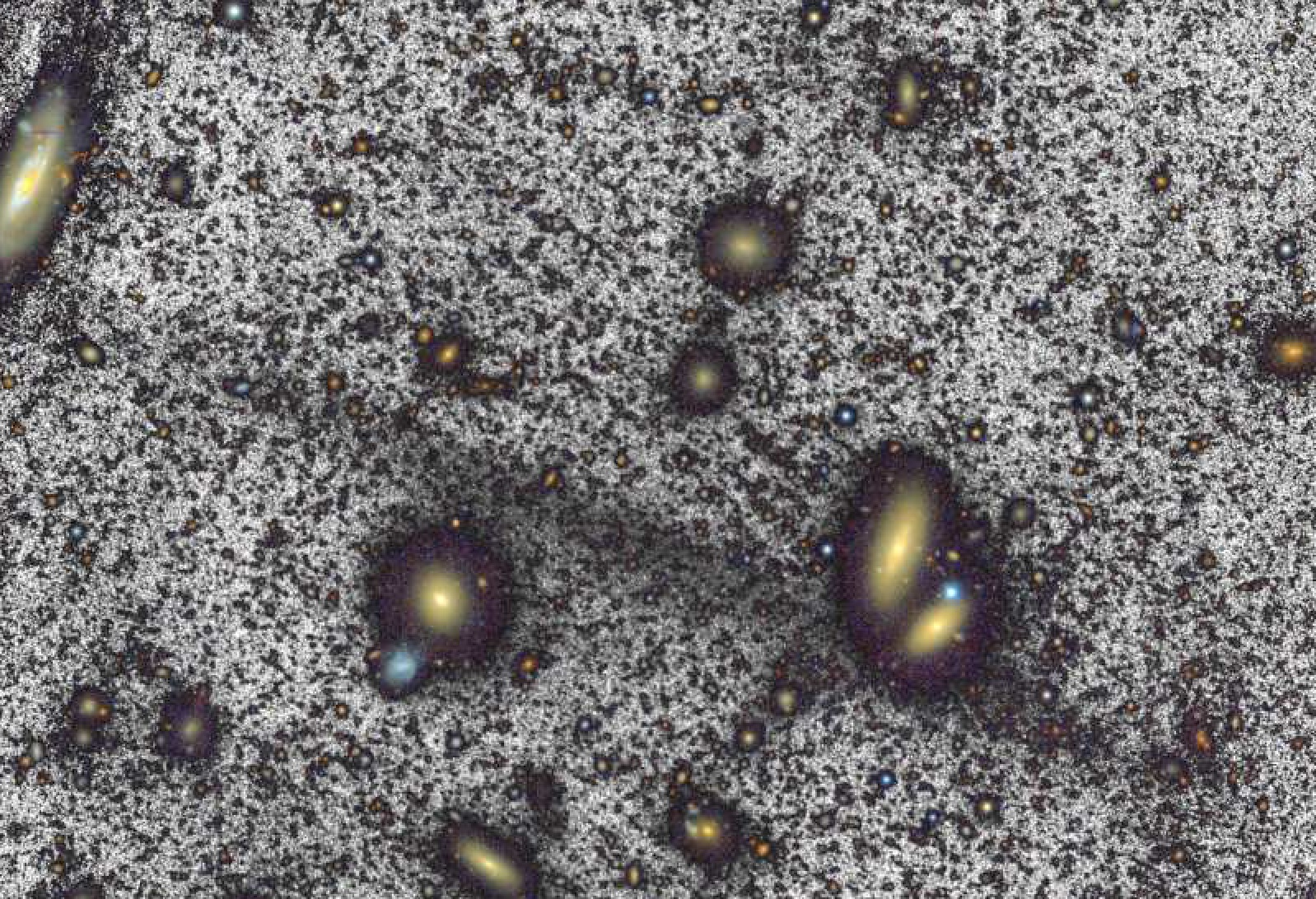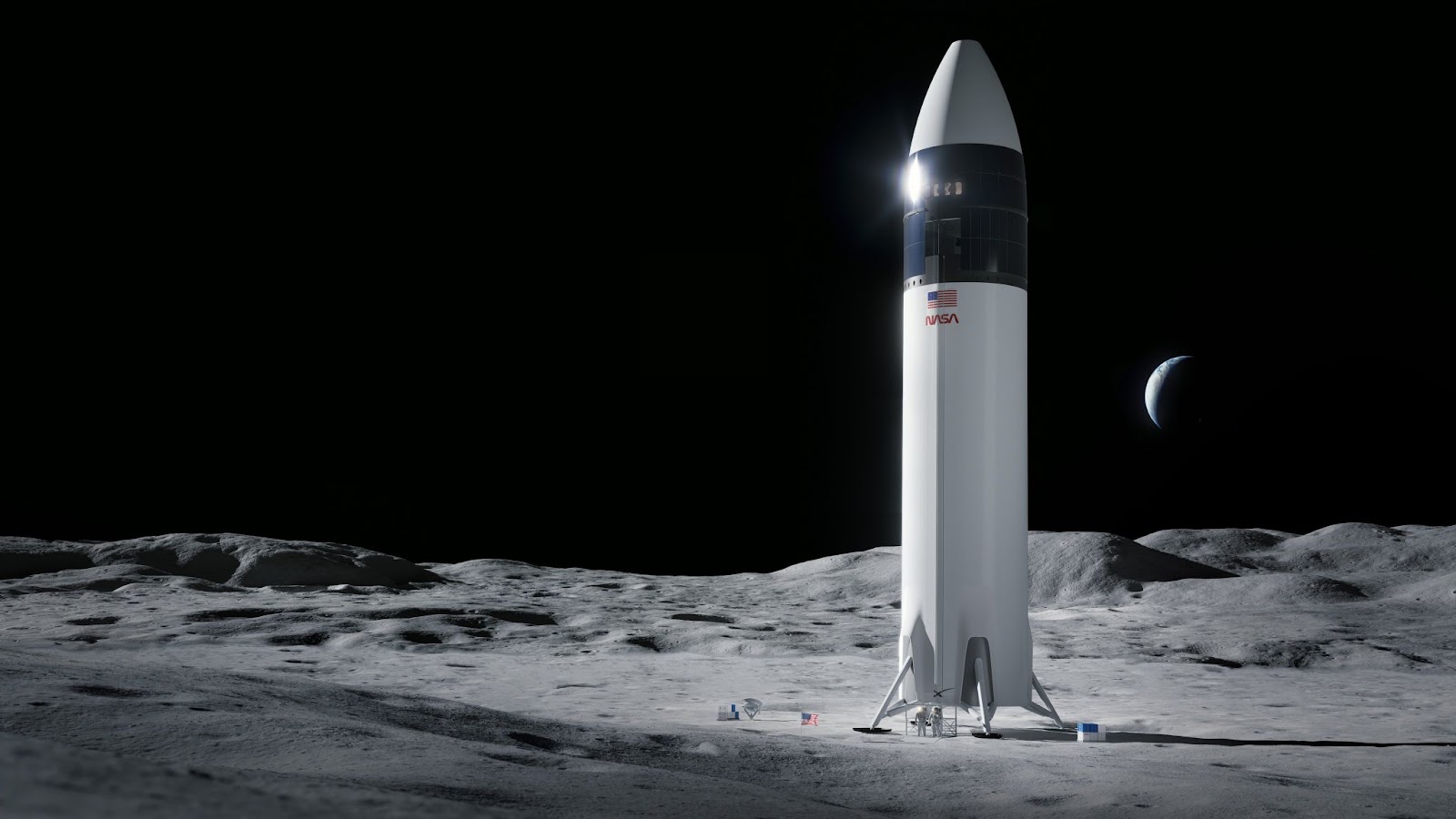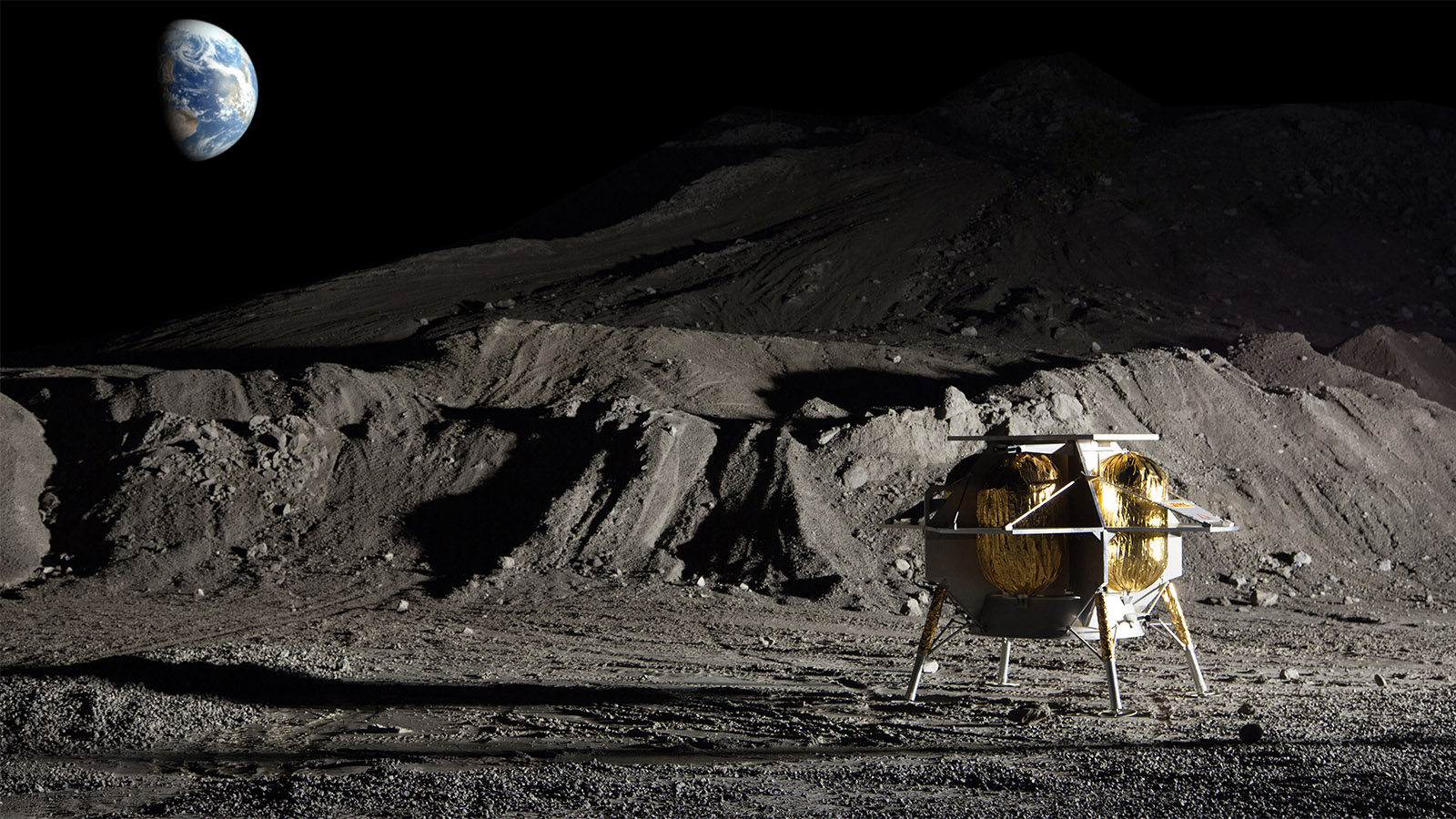This is T-Minus, where we count down the biggest developments in space, from new rocket launches to discoveries that advance our understanding of the universe and our place in it. Humanity is reaching new heights in space exploration. Make sure you’re part of the journey by subscribing here.


A river of stars discovered
In the 1970s, scientists discovered a new astronomical phenomenon they dubbed a “stellar stream.” As the name implies, these are groups of stars that flow together in long, narrow formations, and astronomers suspect they’re caused by bigger galaxies eating smaller ones.
“As individual stars leak out of the dwarf galaxy and fall into the more massive one, they form long, thin streams that remain intact for billions of years,” said Sarah Pearson, a NASA Hubble Fellow at NYU who researches the phenomenon. “So stellar streams hold secrets from the past and can illuminate billions of years of evolution.”
The Milky Way contains at least 70 stellar streams, and scientists have spotted them in nearby galaxies as well. Now, Dutch astronomers have discovered a stellar stream larger than any we’ve seen before — and unlike all the rest, it’s floating in the space between galaxies, rather than nestled inside of one.
They’ve named the formation the “Giant Coma Stream” and suspect it was once a dwarf galaxy that was reshaped after falling into a galaxy cluster. They hope to study the stream and specific stars in it in the future with the goal of learning more about dark matter, the hypothetical “glue” holding galaxies together.
“A structure of this kind gives a unique [opportunity] to study whether dark matter is organized into halos, which is predicted by the theory of cold dark matter, because those halos, if they exist, would cause holes as they intercept the stream of stars,” said researcher Ignacio Trujillo. “Until now we have not seen them, but it is the next aim of our research.”


Artemis III delay likely
Space enthusiasts got some not-so-great news on November 30, when the US Government Accountability Office (GAO) published a report on NASA’s Artemis program, which is expected to return people to the moon for the first time since the 1970s.
“NASA and its contractors made progress since our last report on the Artemis missions, but they are still facing challenges with developing the lunar lander and space suits … As a result, we found that the lunar landing mission is unlikely to occur in 2025 as planned,” the GAO wrote.
The GAO report suggests that the crewed Artemis III mission won’t be a go until 2027, and while that’s not awesome, the delay is not exactly unexpected.
SpaceX, the company developing the lunar lander, plans to deliver it via Starship, a rocket that has yet to successfully fly — both attempts so far have ended with explosions. Meanwhile, Axiom, the company developing the new space suits, told the GAO it still needs to work out several design challenges.
Even if Artemis III is delayed until 2027, we’re actually coming out somewhat ahead — when the Artemis program was first announced, NASA didn’t expect to return people to the moon until 2028. It only moved up the date in 2019 in response to a push by the Trump administration.


NASA’s ready for Peregrine-1
Artemis III might be delayed, but NASA confirmed on November 29 that all systems are go for another monumental moon mission.
Every spacecraft NASA has sent to the moon so far was built and flown by NASA, but in 2018, the agency launched the Commercial Lunar Payload Services (CLPS) program, giving private companies the ability to bid on missions to deliver payloads to the moon.
One of the first companies to win a contract was Pittsburgh-based startup Astrobotic, and on December 24, it plans to launch Peregrine-1, a mission to deliver five NASA payloads to the moon’s surface. They plan to land them on the moon on January 25, 2024.
These payloads will help NASA prepare for future crewed missions to the moon — if they can reach the lunar surface. That’s always a challenge, and further complicating the Peregrine mission is the fact that the ULA Vulcan Centaur rocket being used to launch the lander has never flown before — this will be its maiden flight.
“Only about half of the missions that have gone to the surface of the moon have been successful,” said Astrobotic CEO John Thornton during a press briefing. “So it’s certainly a daunting challenge. I’m going to be terrified and thrilled all at once at every stage of this.”
If all goes well, though, Astrobotic will become the first private company to land on the moon — ushering in a new era of private/public partnership for NASA.
We’d love to hear from you! If you have a comment about this article or if you have a tip for a future Freethink story, please email us at [email protected].





